Between the intersection of hills and fields, Phu Tho faces a big problem: how to maximize natural advantages, develop comprehensive and sustainable agriculture , and at the same time narrow the development gap between regions.
The current terrain of Phu Tho can be considered a “miniature North” with the interweaving of low plains, undulating midlands and high mountains. This creates a richness in climate, soil and ecosystem, giving the locality the potential to develop a variety of crops and livestock.
The delta region is favorable for mechanization, rice cultivation, vegetables, and freshwater aquaculture; the midland and mountainous regions are suitable for tea, fruit trees, medicinal plants, and production forests. Each region has different strengths, but also brings with it its own difficulties in terms of infrastructure, logistics, production level, and market linkages.

The old Vinh Phuc delta area has the advantage of developing organic agriculture for high economic value.
In that general picture, Phu Tho Agriculture is gradually asserting its position as it enters a new period. In just the first 8 months of 2025, the whole province achieved an agricultural, forestry and fishery growth rate of about 3.26% over the same period. The annual crop planting area reached more than 264,000 hectares, with grain output of more than 676,000 tons.
Along with that, livestock and aquaculture recorded positive signals when the output of fresh meat reached about 324,000 tons, up 1.7%, the output of aquatic products reached nearly 56,000 tons, up 5.9%. Although these figures are not really outstanding, they reflect the significant efforts of the province's agricultural sector in maintaining stable growth momentum right from the first year after the merger.
The bright spot of Phu Tho agriculture today is the shift in production structure towards exploiting regional advantages and applying high technology. The delta region focuses on rice production, vegetables, livestock and poultry farming; the midland and mountainous regions develop tea, grapefruit, banana, medicinal herbs, combining agriculture - forestry - eco-tourism.
To date, the province has established more than 70 tea growing areas with a total area of 5,800 hectares, 166 grapefruit growing areas of nearly 2,600 hectares and 33 banana growing areas of more than 1,000 hectares, associated with digital transformation and traceability. This is a direction that shows the locality's initiative in linking value chains and increasing the value of agricultural products.

Tea is the main crop that creates a strong brand in the old Phu Tho region.
Another advantage of the delta-mountain model lies in the natural complementarity between the regions. The delta can become a center for processing, preservation and consumption, while the mountainous areas provide high-quality specialty ingredients. This connection, if organized effectively, will help form closed agricultural value chains within the province, reduce intermediary costs, and at the same time create conditions for people in the mountainous areas to access larger markets.
Not only that, the combination of agricultural production and eco-tourism, rural experiences is opening up new development directions for mountainous areas such as Da Bac, Tan Lac, Tan Son or Yen Lap..., where the climate is cool, the landscape is pristine, and the indigenous culture is rich.
However, the diversity of terrain also causes Phu Tho agriculture to face many obstacles. In mountainous areas, production is still fragmented and dispersed; mechanization is difficult due to steep terrain; investment costs for infrastructure, irrigation, transportation, and cold storage are often many times higher than in the plains.
Along with that, the gap in technical level, access to capital and technology between regions is still a big problem. Many households in mountainous areas still cultivate according to traditional methods, not boldly applying new production models or joining cooperatives and chains. As natural disasters and climate change become more severe, the risks of landslides, erosion and crop failures further increase the difficulties for production in mountainous areas.
Another challenge is that regional connectivity is not really tight. Agricultural products from mountainous areas are often difficult to preserve, have high transportation costs, and are easily damaged without a suitable cold storage and logistics system. Lack of transit points and processing areas near raw material areas makes it difficult for specialty agricultural products to compete in price and quality.
Meanwhile, the planning of agricultural and forestry land use is not really unified. In some places, there is still unreasonable exploitation of forests or conversion of land use purposes, affecting the goal of sustainable development.
From that reality, Phu Tho Agriculture sector is requiring to re-plan production space in the direction of clear zoning, promoting the strengths of each terrain area. Favorable areas need to promote the application of high technology, synchronous mechanization, develop concentrated specialized areas, and link production with processing.

In many highland areas in the old Hoa Binh region, nature has favored the strength of developing clean agriculture associated with developing pristine tourism.
Mountainous areas need to be given priority for investment in infrastructure, irrigation, intra-regional transportation, warehouse systems and goods transit. Along with that, local authorities need to have preferential credit policies, technical support, vocational training and encourage young people and skilled workers to go to difficult areas to develop production.
Digital transformation continues to be considered the “key” to connecting agricultural products in both the plains and the mountains. The deployment of production management software, QR codes for traceability, and putting products on e-commerce platforms has helped Phu Tho agricultural products gradually affirm their brands and expand their markets. When people can directly sell products, reach consumers, and participate in transparent value chains, their income will increase and their motivation for production will be stronger.
At the same time, environmental protection, ecological agricultural development and climate change adaptation must be considered as pillars in the coming period. Planting forests combined with agricultural crops, maintaining soil cover, preventing erosion and landslides not only protects resources but also creates a balanced ecosystem, helping mountainous agriculture develop more sustainably. Combined agroforestry, organic and circular production models are gradually appearing in some localities, initially showing positive results.
It can be said that the combination of the plains and the mountains in the same geographical-economic entity is a valuable opportunity for Phu Tho to exploit its diverse agricultural potential, towards green, sustainable and integrated development.
However, to turn advantages into strengths, the locality needs systematic and synchronous steps, in which production space planning, infrastructure investment, digital transformation, human resource development and environmental protection are key factors. When lowland agriculture supports highland agriculture, and mountainous agriculture creates its own identity and value, that is also the time when Phu Tho agriculture truly enters a period of convergence, development and breakthrough.
Quang Nam
Source: https://baophutho.vn/dong-bang-ket-hop-mien-nui-co-hoi-va-thu-thach-cua-nganh-nong-nghiep-240910.htm



![[Photo] Opening of the World Cultural Festival in Hanoi](https://vphoto.vietnam.vn/thumb/1200x675/vietnam/resource/IMAGE/2025/10/10/1760113426728_ndo_br_lehoi-khaimac-jpg.webp)
![[Photo] Ho Chi Minh City is brilliant with flags and flowers on the eve of the 1st Party Congress, term 2025-2030](https://vphoto.vietnam.vn/thumb/1200x675/vietnam/resource/IMAGE/2025/10/10/1760102923219_ndo_br_thiet-ke-chua-co-ten-43-png.webp)


![[Photo] Unique Phu Gia horse hat weaving craft](https://vphoto.vietnam.vn/thumb/1200x675/vietnam/resource/IMAGE/2025/10/10/1760084018320_ndo_br_01-jpg.webp)

![[Infographics] An Giang - Vision 2030: Green development, digital and deep integration](https://vphoto.vietnam.vn/thumb/402x226/vietnam/resource/IMAGE/2025/10/10/1760066315567_infographics-an-gi_6489_1760014457.png)


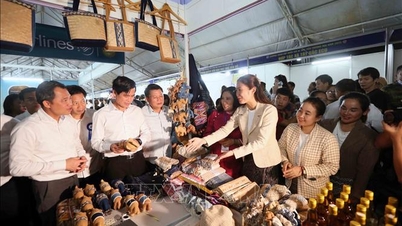


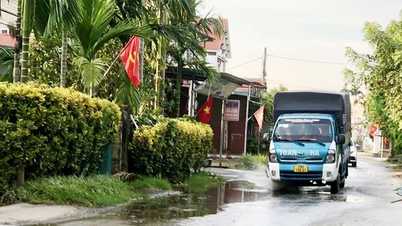
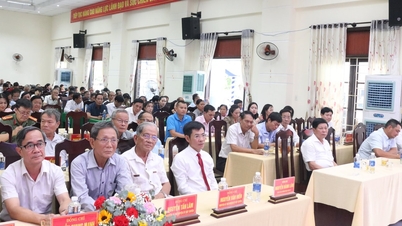

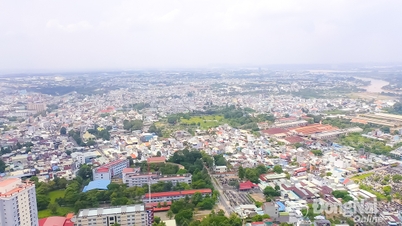

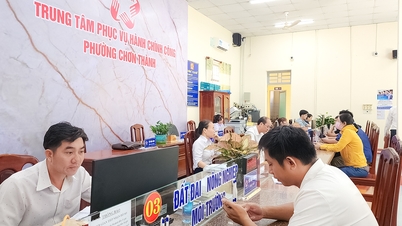



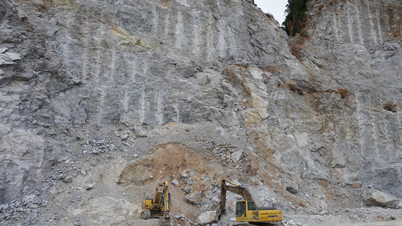




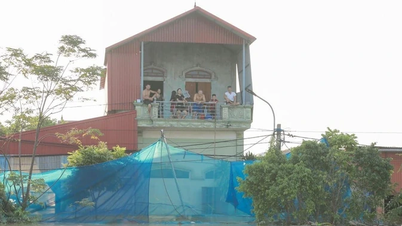

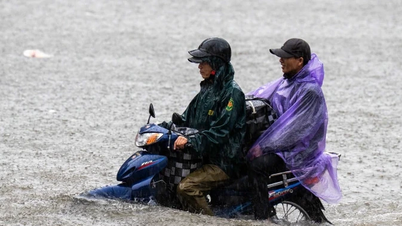

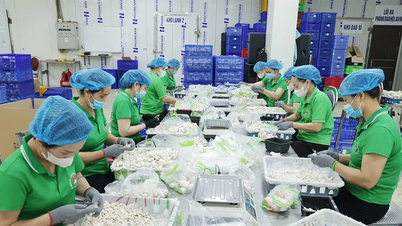
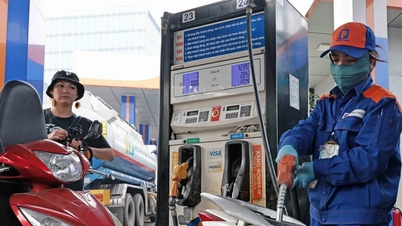





















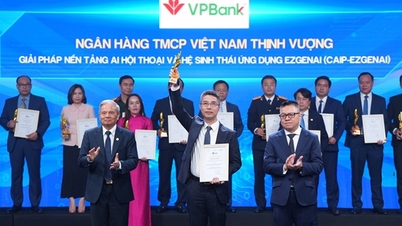













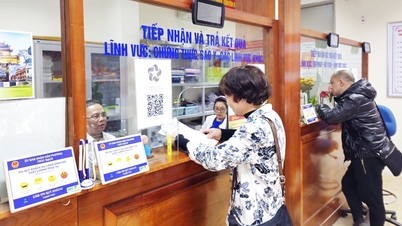





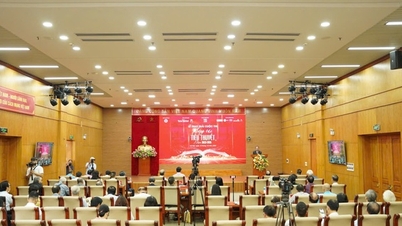
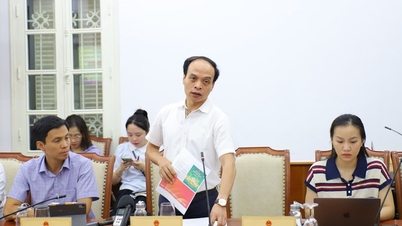







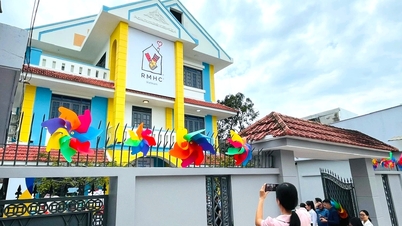

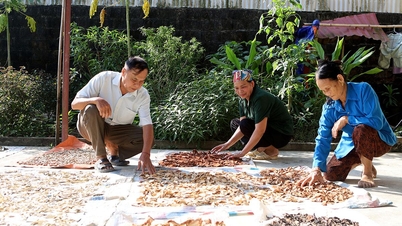


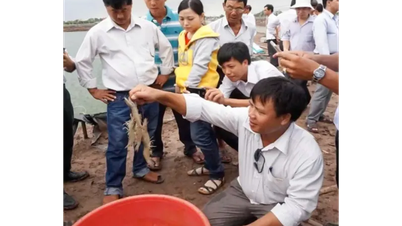















Comment (0)